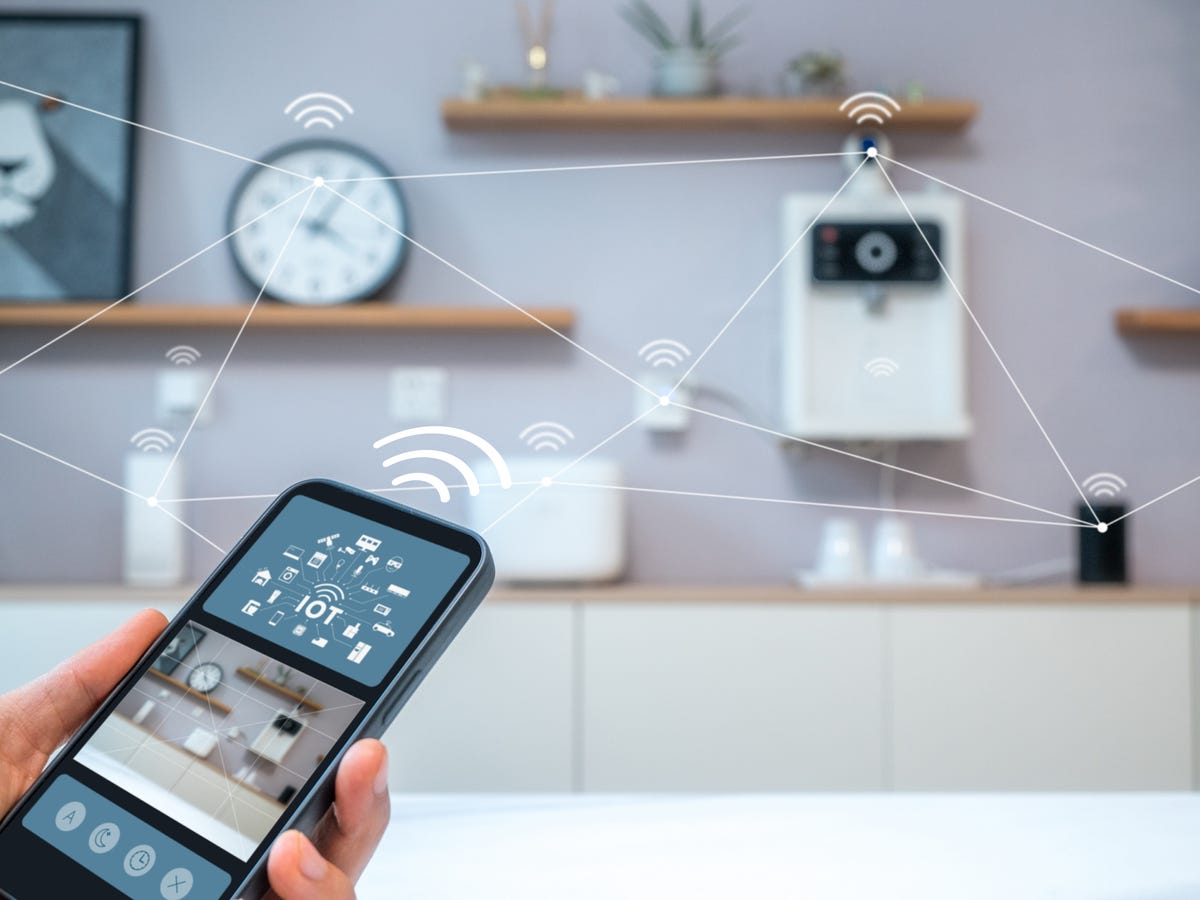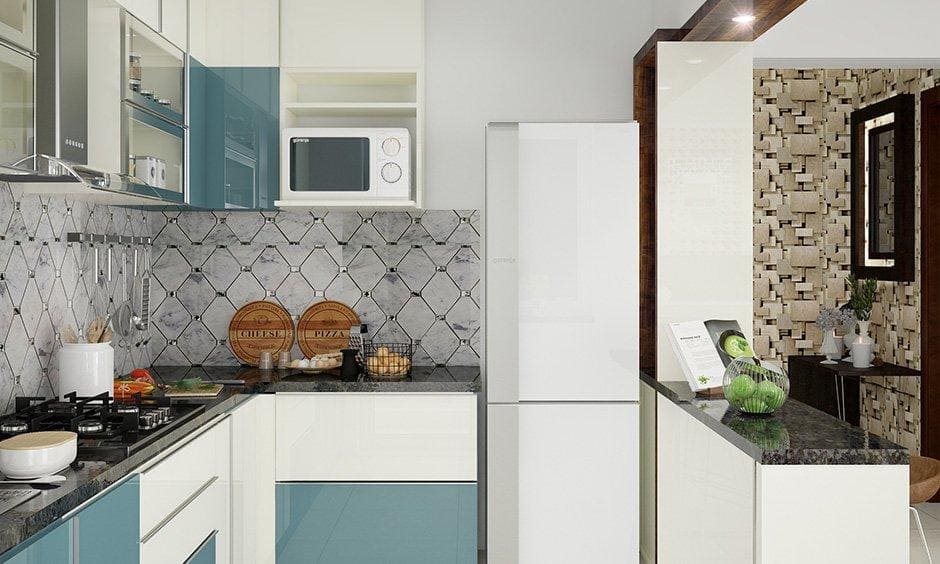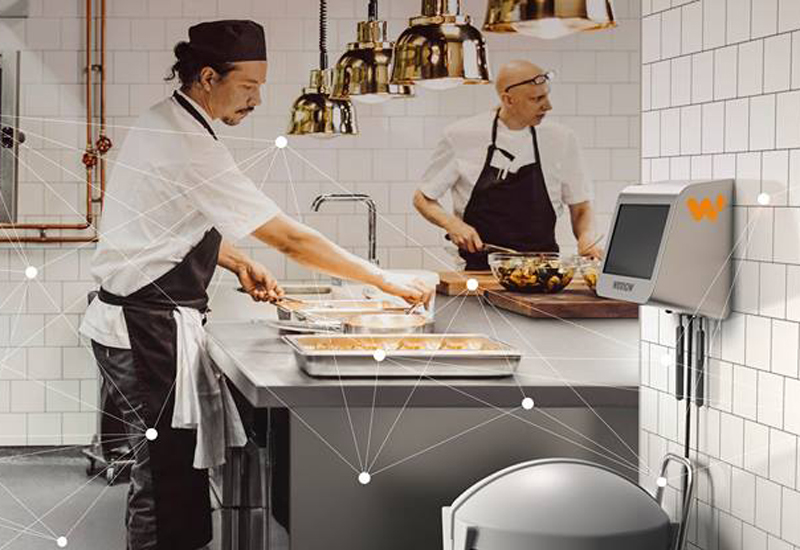In today’s rapidly evolving world of technology, the debate between automated lighting vs manual lighting has become increasingly relevant. As homeowners and businesses seek to optimize their environments, understanding the differences and benefits of each lighting option is crucial. This article will delve into the intricacies of both systems to help you make an informed decision.

Introduction to Lighting Systems
Lighting plays a significant role in our daily lives, affecting our mood, productivity, and even health. With the advent of smart home technologies, traditional lighting systems are being challenged by innovative solutions. Home automation has transformed how we interact with our living spaces.
Understanding Automated Lighting
Automated lighting refers to systems that use technology to control lighting fixtures automatically. These systems often include features like motion sensors, timers, and integration with smart home devices. They offer convenience and efficiency by allowing lights to adjust based on user preferences and environmental conditions.
How Does Automated Lighting Work?
Automated lighting systems use sensors and software to control light levels. For instance, motion sensors can detect movement and turn lights on or off accordingly. Smart bulbs connected to a home network can be controlled via smartphone apps or voice commands, providing seamless integration with other smart devices.
Benefits of Automated Lighting
- Energy Efficiency: Automated systems can significantly reduce energy consumption by ensuring lights are only on when needed.
- Convenience: Users can control lighting remotely, schedule lighting changes, and even integrate with other smart home devices for a cohesive experience.
- Enhanced Security: Automated lighting can simulate occupancy in a home, deterring potential intruders.
Drawbacks of Automated Lighting
Despite its advantages, automated lighting systems can be expensive to install and maintain. Additionally, they may require a stable internet connection to function optimally, which can be a drawback in areas with poor connectivity.
Exploring Manual Lighting
Manual lighting, on the other hand, involves traditional lights that require physical interaction to operate. This includes flipping switches or using remote controls without any digital automation.
Advantages of Manual Lighting
- Cost-Effective: Manual lighting systems are generally more affordable to install and maintain compared to their automated counterparts.
- Simplicity: These systems are straightforward to use, with no need for complex setups or technology dependencies.
Limitations of Manual Lighting
Manual systems lack the flexibility and convenience of automated solutions. Users must physically interact with switches, which can be inconvenient, especially in larger spaces.
Comparing Automated and Manual Lighting
When considering automated lighting vs manual lighting, it’s important to weigh the specific needs and preferences of your space. Automated systems offer unparalleled convenience and energy savings, while manual systems provide simplicity and reliability.
Cost Considerations
While automated lighting can be more expensive initially, the energy savings over time can offset the initial costs. Manual lighting, being less expensive upfront, may end up costing more in energy bills in the long run.
User Experience
Automated lighting provides a more seamless user experience, allowing for greater customization. However, some users may prefer the tactile interaction of manual systems.
Making the Right Choice for Your Home
The decision between automated lighting vs manual lighting ultimately depends on your specific needs, budget, and lifestyle preferences. If convenience and energy efficiency are priorities, automated lighting may be the way to go. However, for those seeking simplicity and cost-effectiveness, manual lighting remains a viable option.
Integration with Smart Homes
For those with existing smart home systems, automated lighting can be a perfect addition. It can integrate with other devices, such as Alexa routines or smart thermostats, for a comprehensive smart home experience.
Environmental Impact
Automated systems generally have a lower environmental impact due to their energy efficiency. This can be an important consideration for eco-conscious homeowners.
Conclusion
Both automated and manual lighting systems have their unique benefits and drawbacks. Understanding these can help you make an informed decision that aligns with your needs and values. As technology continues to evolve, the choice between these systems will likely become even more nuanced.

FAQs
1. Can automated lighting save money?
Yes, automated lighting can save money in the long run by reducing energy consumption and lowering electricity bills.
2. Is manual lighting outdated?
Manual lighting is not outdated but offers a simpler, cost-effective solution for those who prefer traditional systems.
3. How difficult is it to install automated lighting?
Installation can vary in complexity depending on the system. Some systems are user-friendly, while others may require professional installation.





